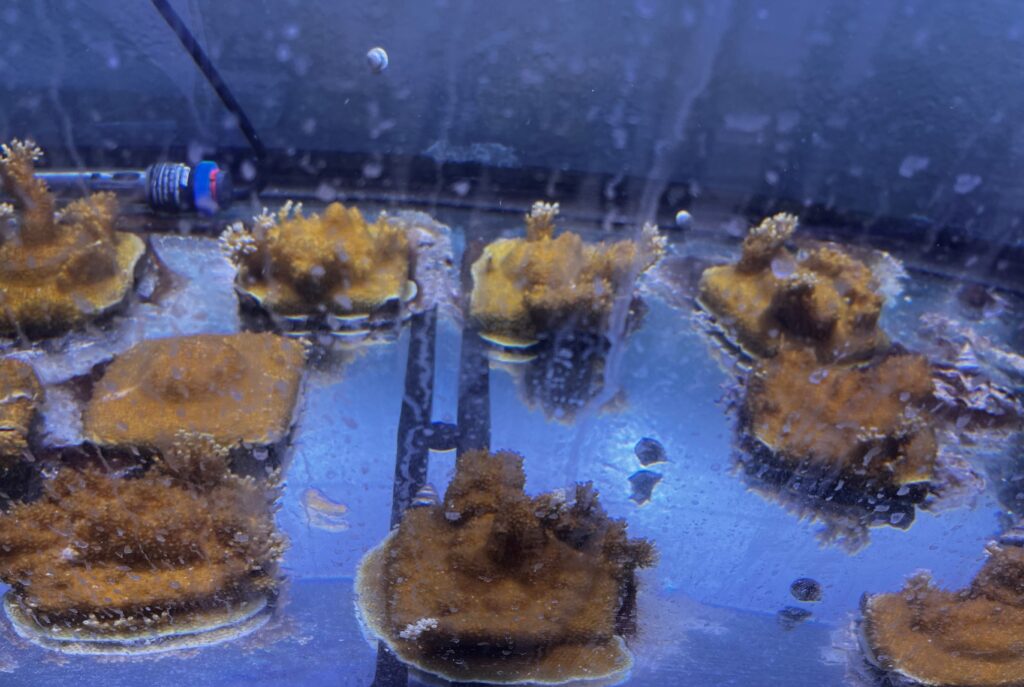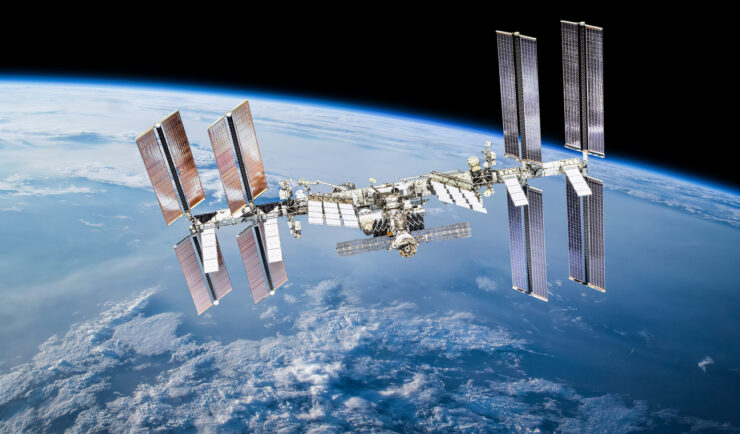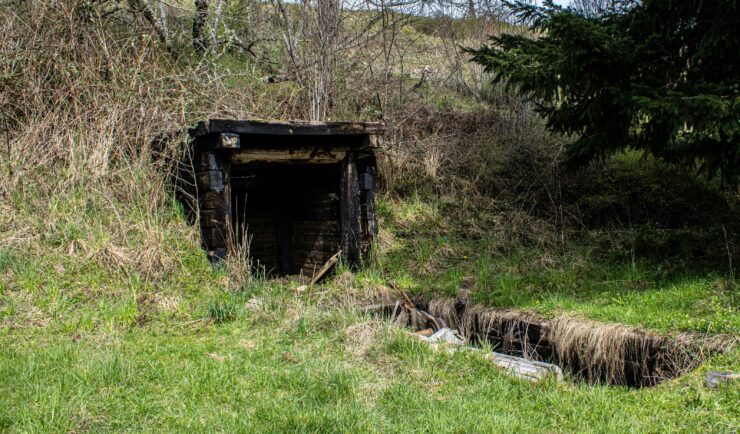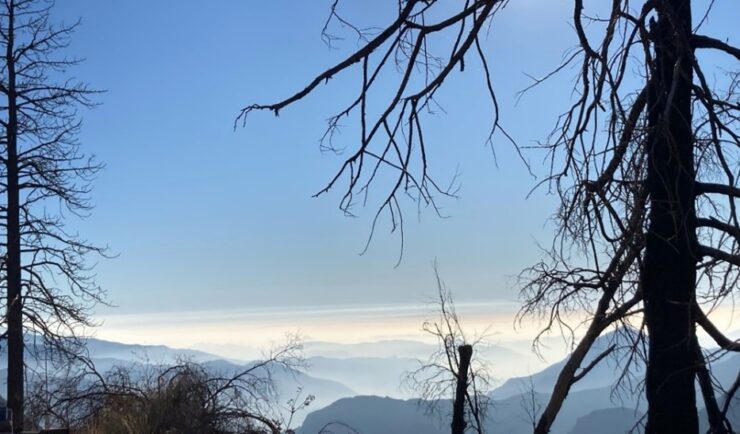- Community Spotlight
- Environmental Resource Assessment & Management
Studying Corals for Future Protection and Restoration

Coral reefs are under threat from warming waters, disease, degraded water quality, and other stressors. Several shallow water coral species are listed as threatened under the Endangered Species Act. Our team of coral scientists on contract with NOAA’s National Centers for Coastal Ocean Science are studying coral reproduction, and genetics, and the environmental factors that affect growth of critical coral colonies. Our employee owners work closely with NOAA federal principle investigators to design and execute experiments, collect and analyze data, and publish reports that aid future studies and inform management decisions for future protection and restoration efforts. Explore the research our staff conduct in an effort to protect coral reefs.
Reproduction
Our coral scientists are part of a team that collected gamete bundles (eggs and sperm) released in the wild during the annual coral spawning event in the Florida Keys. Following this collection the team conducted various reproduction experiments looking at how different toxins introduced into the environment affect reproduction. In addition, CSS scientists are studying reproductive compatibility at the molecular level. For example, they are exploring the role DNA plays in fertilization success. After using many of the gametes and embryos for different experiments on coral reproduction, our team transported some of the larvae to NOAA’s Hollings Marine Lab in Charleston, South Carolina where they were successfully able to grow the larvae into colonies. The scientists will continue to rear these colonies for continued research.
Regeneration
Since coral communities live in the open ocean with waves, currents, storms, and tropical cyclones, they often endure harsh conditions that damage their tissue. Our scientists are investigating the corals’ ability to regenerate tissue and heal wounds under various stressors, including chronic turbidity. Our team prepares samples of coral, trimming fragments to precisely the same size to ensure the experiment is consistent and to minimize the unintended differences between the test fragments. Over the course of three months, the team closely monitors the fragments daily, measuring skeleton deposition and wound healing ability. Each week, the team measures the buoyant weight of the corals, which they will use to calculate skeletal growth of the coral over the course of the experiment.
The team conducts additional observations using macro- and microscopes to capture images and get a closer look at the tissue damage of coral fragments and their ability to regenerate. For this portion of the experiment, the team prepares fragment samples in a fixative so their cells and tissues can be examined under a microscope. These experiments will help determine how turbidity over time affects corals.




See More CSS Insights

Ensuring Safety and Support for Sample Testing on the International Space Station
The International Space Station (ISS) gives scientists the opportunity to study the effects of space travel on human and plant tissues as well as understand how physical materials react during formation or exposure to a microgravity environment. CSS provides integrative expertise to NASA to support research and development and technology demonstrations conducted on the ISS,…

Assessing Contamination in Abandoned Mines
CSS supports the Environmental Protection Agency with assessing contamination within abandoned mines. There are thousands of abandoned mines throughout the western United States. Many of these mines are leaching heavy metals into nearby streams or have contaminated soils causing vegetation die off. CSS employee owners conduct field work to assess the extent of this contamination.…

Monitoring Air Quality in California’s San Joaquin Valley
CSS employee owners supported the deployment and operation of the U.S. Environmental Protection Agency (EPA) air quality monitoring trailer (WEAVE COM – Western Enhanced Air quality VEhicle for COmmunity Monitoring) in California’s San Joaquin Valley in during late fall and early winter of 2024. Elevated particulate matter (PM2.5) is frequently found throughout the valley during…
